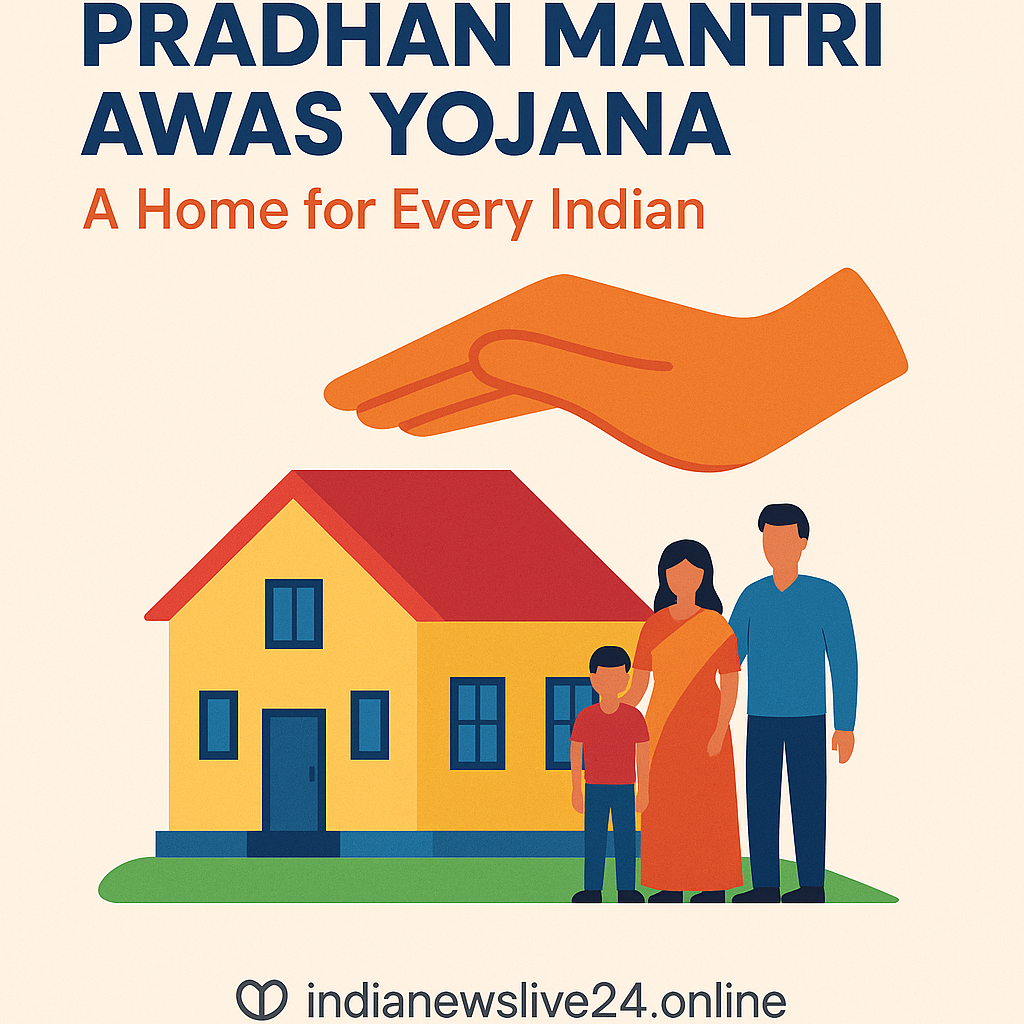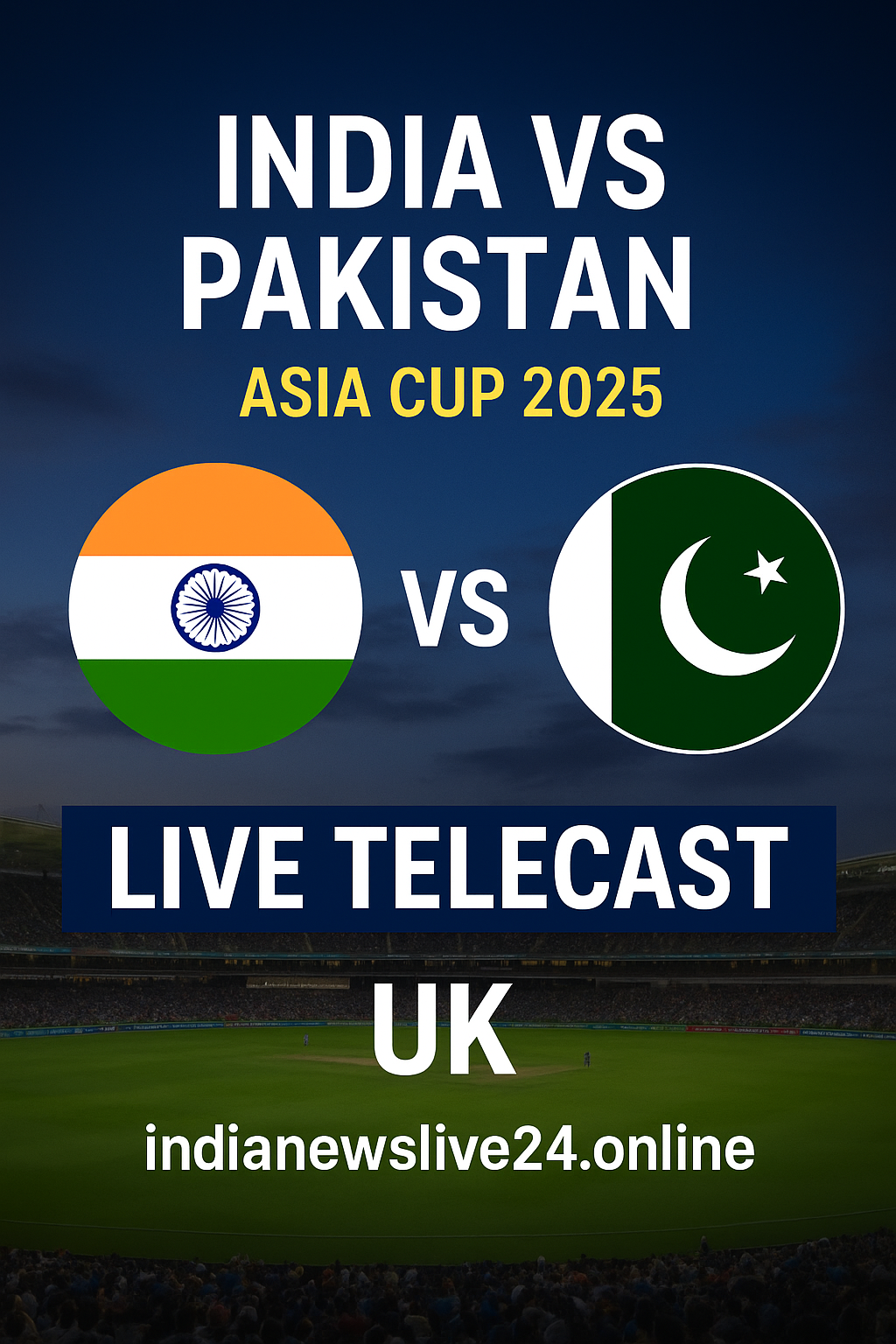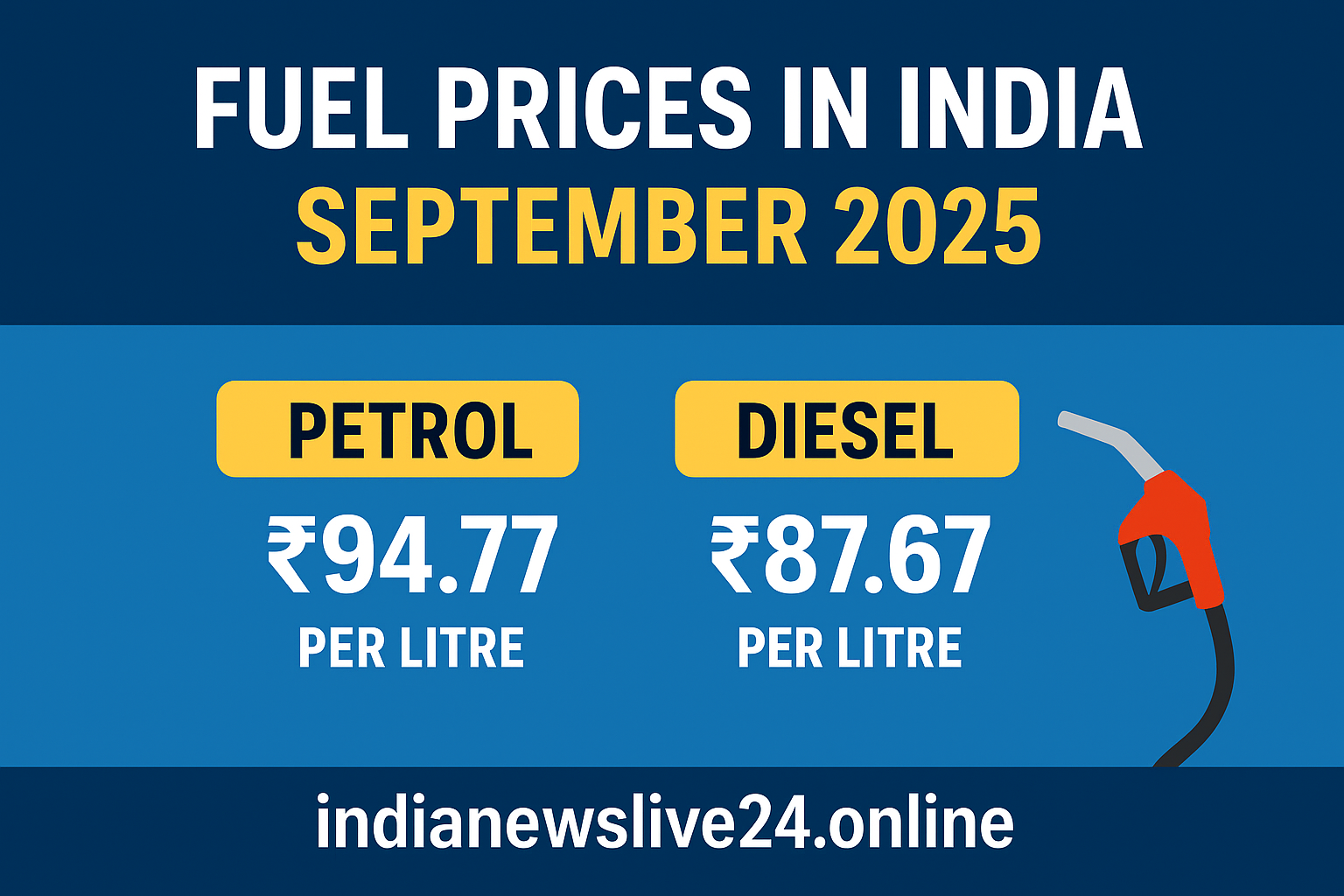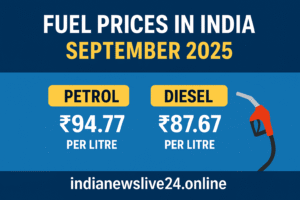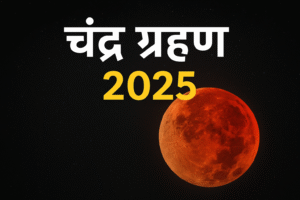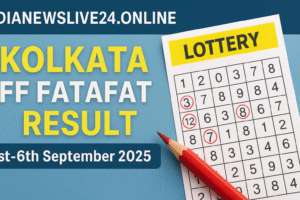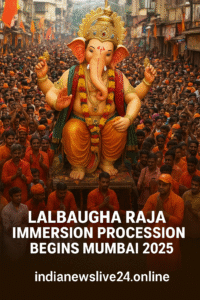A home is more than just a roof over your head. It’s a foundation of dignity, safety, and growth. Yet millions in India live in makeshift houses without proper sanitation, ventilation, or basic amenities. That’s exactly the gap the Pradhan Mantri Awas Yojana (PMAY) seeks to bridge by promising “Housing for All” through a well-structured, phased housing initiative backed by the Government of India.Let’s dive deep into what PMAY is, who benefits, how to apply, and why it’s one of the most significant welfare schemes in India’s modern history.
What Is Pradhan Mantri Awas Yojana?
Launched on 25th June 2015 by Prime Minister Narendra Modi, PMAY aims to provide affordable pucca houses to all eligible urban and rural poor by the year 2022 a target which has since been extended in phases till 2025 and beyond. The mission operates under two main divisions:PMAY-U (Urban)PMAY-G (Gramin or Rural)The scheme focuses not just on building homes but also on providing subsidies on home loans, promoting female ownership, encouraging eco-friendly construction, and linking homes with amenities like toilets, gas connections, water supply, and electricity.
Objectives and Vision Behind PMAYThe central idea behind PMAY is “Sabka Ghar Ho Apna”everyone should own a secure, affordable house. But it goes far beyond bricks and cement. The long-term vision includes:Boosting the real estate and construction sectorUplifting marginalized communities through home ownershipEmpowering women by mandating joint ownershipGenerating employment in construction, steel, cement, and allied sectorsPromoting green construction technologies for a sustainable future
PMAY-U: Making Urban Housing AffordableIndia’s cities are growing fast, but the infrastructure is often not keeping pace. PMAY-U was designed to tackle this challenge. It covers over 4,000 towns and cities and works on four main verticals:
1. In-situ Slum Redevelopment (ISSR)This involves using the land occupied by slums to redevelop homes with better infrastructure, in collaboration with private developers and landowners.
2. Credit Linked Subsidy Scheme (CLSS)Perhaps the most popular wing of PMAY-U, this allows homebuyers to avail interest subsidies on home loans, depending on their income category.
3. Affordable Housing in Partnership (AHP)Under this, the government collaborates with private sector players and state agencies to provide affordable housing projects.
4. Beneficiary-Led Construction (BLC)Families that own land or a portion of it can receive financial assistance to construct or enhance their homes.
PMAY-U Income Categories and BenefitsLet’s break down how subsidies vary by income group:Income Category Annual Household Income Subsidy Rate Maximum Loan for Subsidy Max Carpet AreaEWS (Economically Weaker Section) Up to ₹3 lakh 6.5% ₹6 lakh 30 sq.mLIG (Lower Income Group) ₹3–6 lakh 6.5% ₹6 lakh 60 sq.mMIG-I (Middle Income Group I) ₹6–12 lakh 4% ₹9 lakh 160 sq.mMIG-II (Middle Income Group II) ₹12–18 lakh 3% ₹12 lakh 200 sq.mNote: Women ownership is mandatory in EWS and LIG categories.
PMAY-G: Rural Housing RevolutionThe rural version of PMAY is a continuation of the Indira Awaas Yojana and is aimed at families who either live in kutcha houses or don’t have a house at all. It’s a lifeline for the most vulnerable sections of India’s rural heartland.Key Features of PMAY-G: ₹1.2 lakh for each home in plain areas₹1.3 lakh in hilly or difficult areasAdditional ₹12,000 for building toilets under Swachh Bharat AbhiyanMGNREGA wage employment for 90–95 days to assist in constructionThe program emphasizes local materials, eco-friendly methods, and community participation.
Eligibility Criteria for PMAYYou must fulfill the following to qualify: No pucca house owned by you or your family anywhere in IndiaAnnual income within the PMAY bracketsYou or your spouse should not have availed previous housing subsidiesMust have a valid Aadhaar numberPreference to women, SC/ST, minorities, senior citizens, differently-abled, and transgender persons
How to Apply for PMAY (Online and Offline)🖥 Online Process:
1. Visit pmaymis.gov.in
2. Click on “Citizen Assessment”
3. Choose your applicable category (e.g., Slum Dweller, Benefits under Other 3 Components)
4. Fill out the form with Aadhaar, income, and family details
5. Submit and download your application receipt🏢 Offline Method:Visit nearest Common Service Center (CSC)Fill out the physical application formAttach necessary documents: Aadhaar, PAN, income proof, property papersPay a nominal fee (approx ₹25)
Documents RequiredAadhaar Card (mandatory)Income certificate or salary slipsPAN CardProperty documents (if applying under BLC)Bank account detailsPassport-size photosSelf-declaration affidavit
Checking Your Name in the PMAY ListYou can verify your status using:
PMAY Urban portal: https://pmaymis.gov.in
PMAY Gramin portal: https://pmayg.nic.in
Steps:1. Go to the site
2. Click “Search Beneficiary”
3. Enter Aadhaar number
4. View your status instantly
Real-World Impact and Success StoriesUrban Progress:In Nagpur, 480 flats were handed over to low-income families, reducing slum population drasticallyOdisha approved 43 housing projects benefitting over 3,900 familiesGhaziabad, despite delays, is nearing completion of 1,000+ homesRural Uplift:Uttar Pradesh is planning to build 60 lakh houses in 2025–26 aloneBihar and Jharkhand have built model villages showcasing pucca homes with solar panels and sanitation
Challenges Faced by PMAYEven though PMAY has made remarkable progress, a few challenges persist:Delays in fund disbursement and constructionSlow beneficiary identification in certain statesLack of awareness in remote areasCoordination issues between center, states, and local bodiesDelayed infrastructure provisioning like roads, drainage, and schools
What’s New in PMAY 2025 and BeyondAccording to the latest update via Araria College, new lists for 2025 are being uploaded digitally. The scheme has moved toward more real-time surveys using the Awaas+ app, ensuring that no eligible family is left behind. By 2026, states like Uttar Pradesh and Odisha aim to complete millions of pending units.Digital push has made it easier for citizens to track application progress, update documents, and receive alerts.
Top FAQs Answered
Can I apply for PMAY if I already own a small pucca house?
No, owning any pucca house disqualifies you.
Can a single woman apply?
Yes, unmarried, divorced, or widowed women are eligible and even preferred.
What is the deadline to apply?
Urban scheme deadline is extended to December 2025. Rural extends through 2029.
How long does it take to get possession?
On average, 12–18 months from sanction depending on construction type and state process.
Is it necessary to include women as co-owner?
Yes, especially in EWS/LIG under CLSS. It ensures empowerment and asset rights for women.
Final Words: More Than Just a RoofThe Pradhan Mantri Awas Yojana isn’t just about homes
it’s about hope, dignity, and opportunity. It gives people the chance to raise their children under a stable roof, gain access to basic facilities, and lead lives with pride. As it continues evolving, PMAY holds the potential to change the landscape of Indian housing forever.If you or someone you know is eligible, don’t wait. Apply today and become part of India’s transformation, one home at a time.
🔗 Useful Links:PMAY Urban PortalPMAY Gramin PortalAraria

